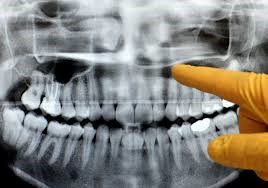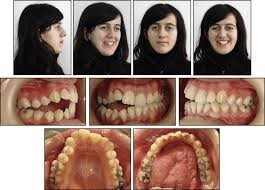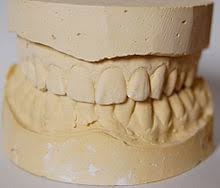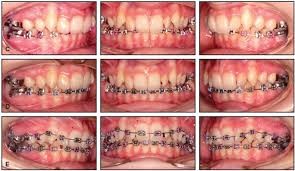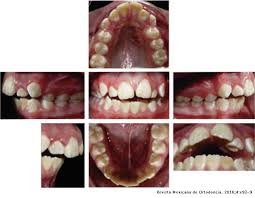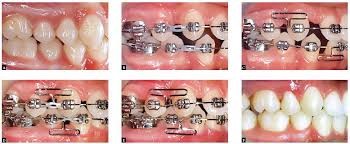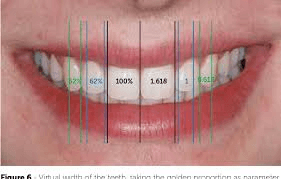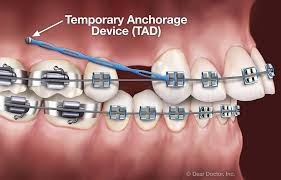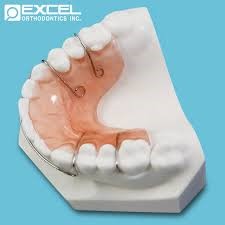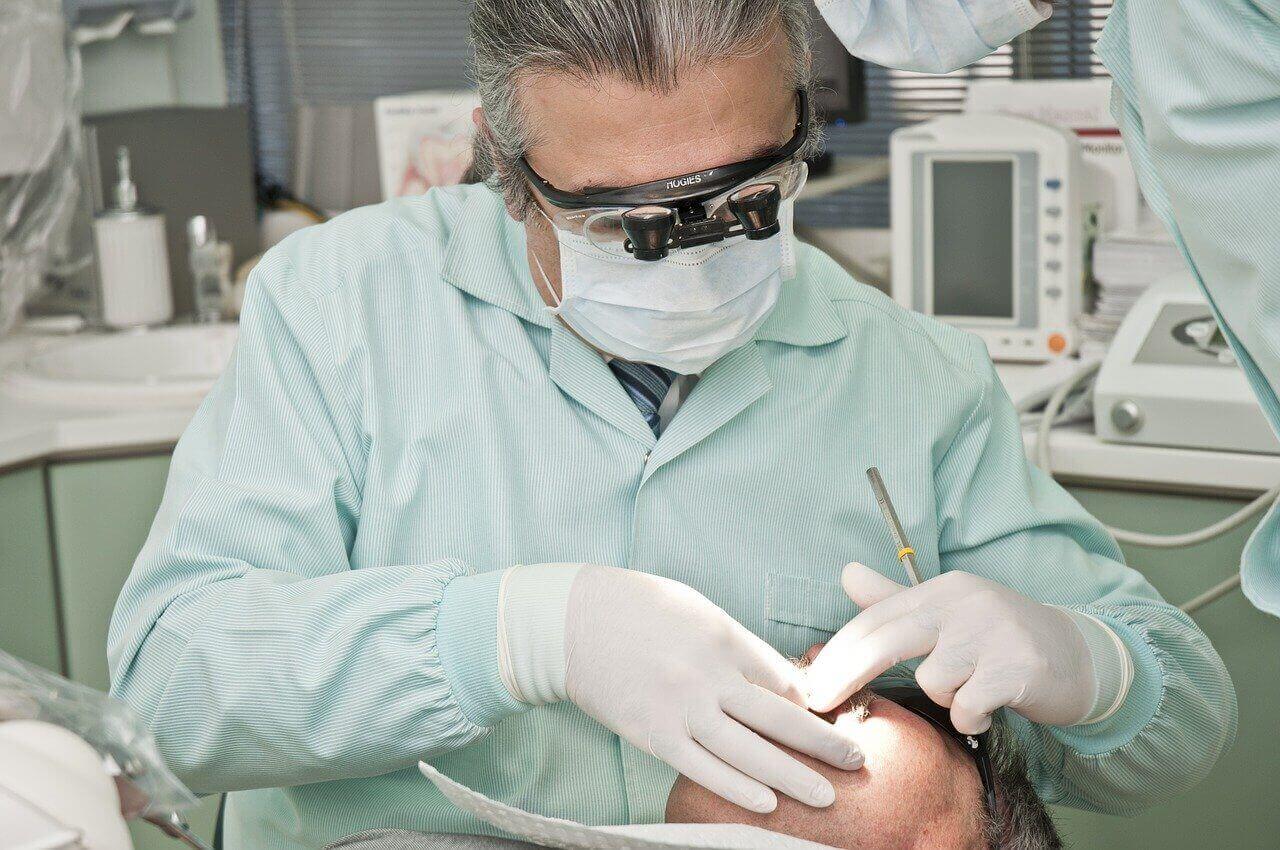The Phases of Orthodontic Treatment
The orthodontic process is a set of dental movements that are performed to improve the aesthetics, function, and chewing of your teeth. It is divided into several stages until you achieve your desired smile.
What are the steps of orthodontic treatment, and how long do braces take to work? In total, orthodontics has seven phases: a “zero phase,” in which a study is conducted, and another six phases of active orthodontics.
Zero Phase: The Orthodontic Study
This step of orthodontic treatment has a few parts.
Case evaluation: The orthodontist determines the oral problems that the patient may have by observing different aspects, such as the bite, jaw, midline, X-rays of the sides of the skull, and a panoramic. This panoramic X-ray allows the orthodontist to check for infections, see the state of the roots, look for the absence of molars, and evaluate other aspects of the teeth.
Extraoral and intraoral photographs: Pictures allow the orthodontist to analyze facial symmetry and dental malpositions, among other things. These images also help the patient to obtain a comparison between his or her dental aesthetics before and after treatment.
Study models: How long do braces take to work? The answer varies for each patient, but orthodontists will use samples to determine a plan of action.
Active Phases
- Alignment and Leveling
The objective of this phase is to modify vertical discrepancies and dental crowding, for which light forces are used.
Likewise, in this phase, the actions are also carried out with the aim of correcting the dental crossbite and pulling the teeth that have not erupted in case the person needs it.
- Bite Correction and Molar Relationship
In this step, the occlusion (bite) is corrected, and the teeth begin to fit in their correct positions in the anteroposterior and vertical directions. In some cases, orthodontists use external forces, like elastic or rubber bands, for bite correction.
- Closing Spaces
In this phase, orthodontists focus on closing all of the gaps and spaces between the teeth once everything is aligned.
- Finishing
In this phase, the orthodontist will make small adjustments to improve the dental position. These adjustments include:
- Match the roots and check that all are parallel
- Adapt individual dental positions (small modifications or rotations that may remain)
- Correct possible midline discrepancies so that the upper and lower match
- Perform the final settlement of the denture
- Removal of Devices
Once the orthodontist considers that all of the objectives have been achieved, the apparatus is removed from the patient’s mouth, and the patient proceeds to the retention phase. At this point, the teeth are aligned, there are no spaces between them, the bite is correct, and the aesthetic is ideal.
- Retention Stage
As you explore the question “How long do braces take to work,” note that this is a very important phase because thanks to this step, we will maintain the results achieved. The teeth have “memory” and will tend to return to their previous positions if the patient does not retain the work of the orthodontist.
So that this does not happen, the orthodontist will put retainers in the upper and lower arches, in addition to transparent covers (splints) that the person should use as long as the orthodontist deems necessary.
Schedule an Orthodontic Appointment with Definitive Dental
If you’re wondering how long braces take to work, we can show you firsthand how we at Definitive Dental would tackle your orthodontic treatment and how long it should take for you to see the results you want. Contact us today for a consultation!


